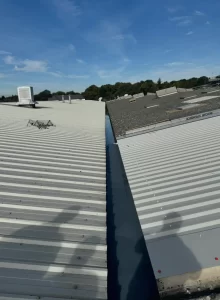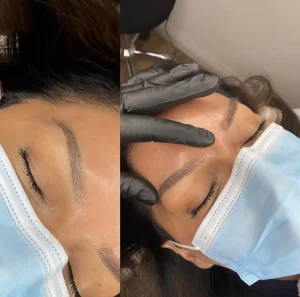The increasing popularity of tattoo removal
In recent years, tattoo removal has become a growing industry, with more and more people seeking to undo their past decisions to get permanent body art. While technology has advanced significantly in tattoo removal techniques, it’s important to note that not all tattoos are created equal when it comes to ease of removal. Some tattoos are notoriously difficult to remove, requiring multiple sessions and advanced laser technology.
Tattoo placement and ink color
The location of a tattoo plays a crucial role in its removal difficulty. Tattoos on areas with a higher concentration of blood vessels, such as the fingers, face, or neck, can be more challenging to remove. The more blood flow to an area, the more quickly the immune system can flush away fragmented ink particles. On the other hand, tattoos on areas with lower blood flow, such as the ankles or back, can take longer to fade.
In addition to placement, the colors used in a tattoo can affect its ease of removal. Black ink is generally the easiest to remove, as it absorbs all laser wavelengths. On the other hand, lighter colors such as yellow, green, and white are more resistant to laser treatment. They require specific laser wavelengths to break down the pigments effectively.
Professional tattoos vs. amateur tattoos
The quality of the tattoo can also impact its removal difficulty. Professional tattoos tend to be applied with greater precision and penetrate the skin more consistently. This makes it easier for the laser to target the pigments uniformly. Amateur tattoos, on the other hand, may have uneven ink distribution or shallow penetration. The scattered ink particles can be more challenging to target, prolonging the removal process.
Age and density of the tattoo

Older tattoos are generally easier to remove compared to fresh ones. Over time, the immune system naturally breaks down tattoo pigments, causing them to fade. As a result, tattoos that have been on the skin for many years require fewer laser sessions for complete removal.
The density of the tattoo, or the amount of ink per square inch, also affects removal difficulty. Tattoos with higher ink density often require more sessions, as there are more pigments to break down and eliminate.
The role of individual factors
It’s important to note that the difficulty of tattoo removal can vary from person to person. Factors such as skin type, immune system response, and overall health can all influence the effectiveness and speed of the removal process. Individuals with lighter skin tones generally have an easier time removing tattoos, as the contrast between the ink and the skin allows for better laser targeting.
Ultimately, when considering tattoo removal, it’s crucial to consult with a professional dermatologist or tattoo removal specialist. They can accurately assess the tattoo’s characteristics and provide an individualized treatment plan to achieve the best possible results.





